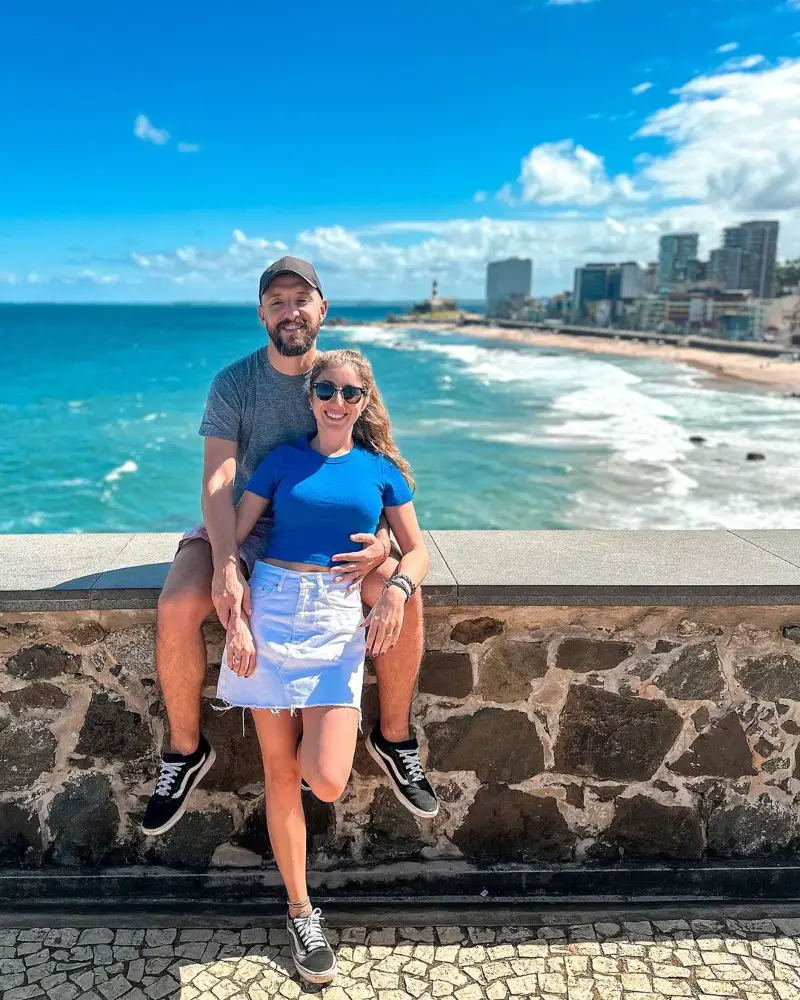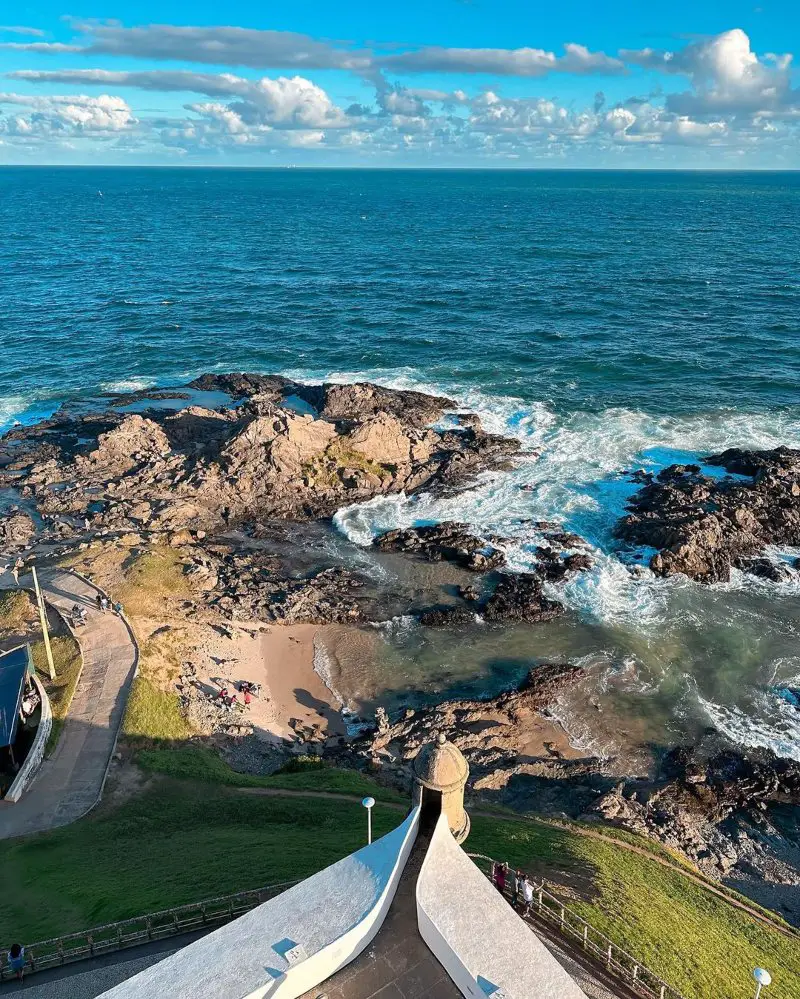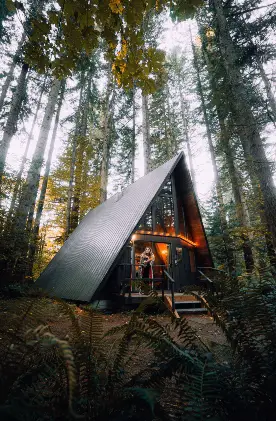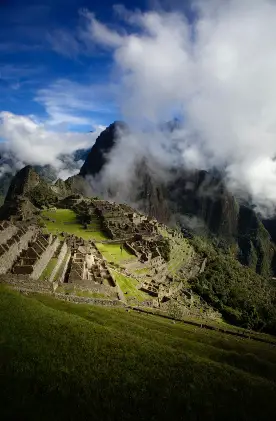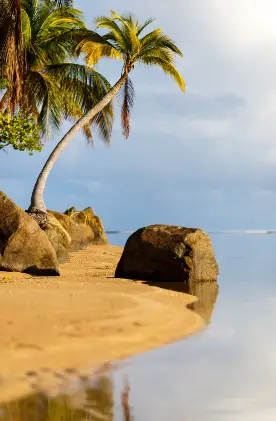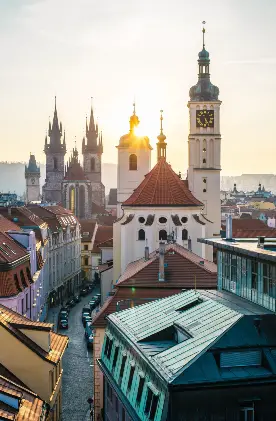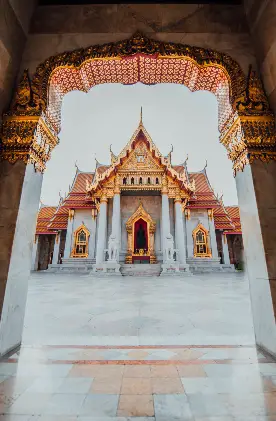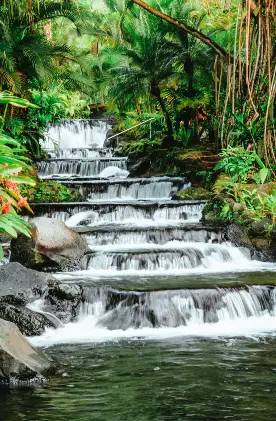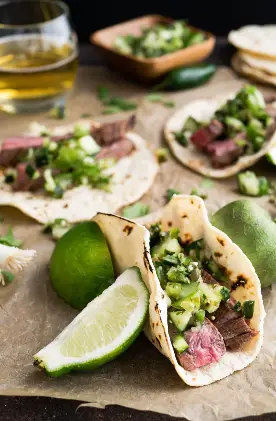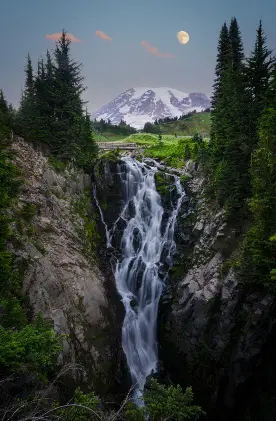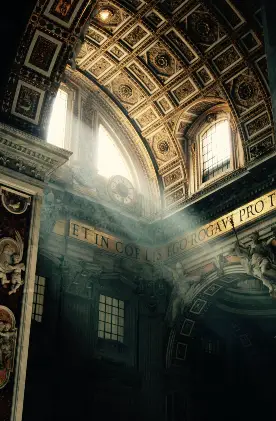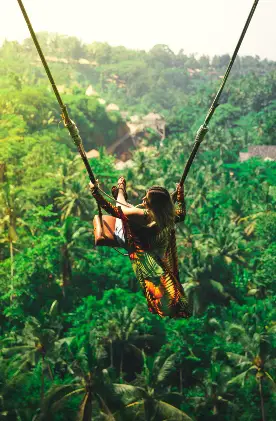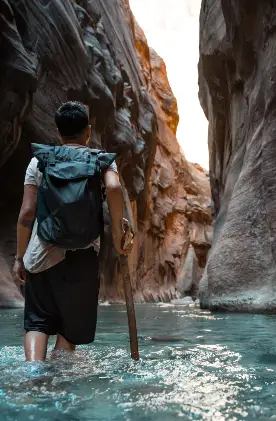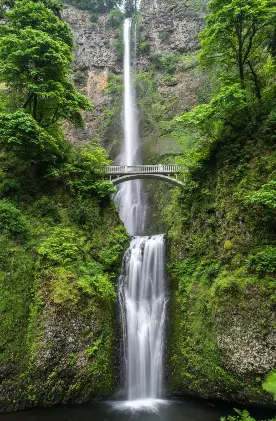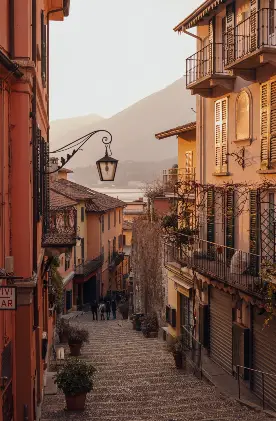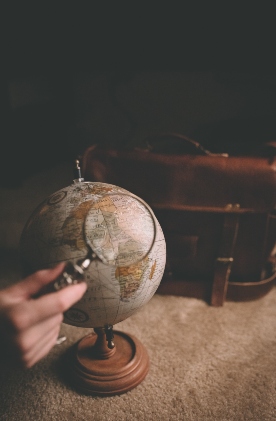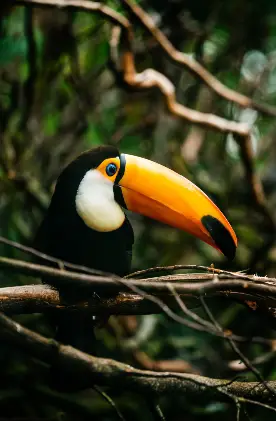Hello and welcome to our blog on the best things to do in the beautiful city of Salvador. We are Ligia & Ulisses, and we hail from the interior of the State of Sao Paulo: Ligia from Taubate and Ulisses from Pindamonhangaba. In 2019, at the age of 19, I (Ligia) went to study English in New Zealand and discovered how transformative, empowering and passionate traveling could be. It was exactly at that moment that I was bitten by the travel bug.
Since then, I started dreaming of seeing the world. Ulisses has a similar story, but it was through a work and travel program in 2009 (in the United States) that he realized how many possibilities existed in the outside world. He came back from this experience full of plans to travel more. After first meeting in 2013, we have traveled around Brazil together and taken trips abroad: the first across South America and the second in Southeast Asia.
All of these adventures added to the work we were already doing on Vamos Fugir (our blog and travel channel). It increased our desire to live outside the country for a while, so in 2016 we decided to move to Australia. We lived there for five years and, at the end of 2021, returned to Brazil to travel as digital nomads. Since then we have visited several states in our country, and spent time living and traveling in Asia. Salvador was one place high on our list and recently we had the opportunity to visit for seven days.
Our goal was to see the beauty of Bahia up close and learn more about the local history, culture and gastronomy of this unique state – which, despite being part of Brazil, has so many different aspects to it. We visited the main points of interest that every tourist needs to know: Pelourinho, Sao Francisco Church and Convent, Santo Antonio Alem do Carmo, Elevador Lacerda, Mercado Modelo, Bahia Museum of Modern Art, Basilica do Senhor do Bonfim, Praia do Farol da Barra and Porto da Barra Beach.
Salvador has lots of color, life, music, culture and “axe” (good vibes) as the Bahians like to say. Visiting Salvador means understanding our origins, and learning more about the history of Brazil and its formation as the country we know today. Salvador is a contagious capital and deserves to be visited because it’s so unique. That being said, it’s still a large city with social contrasts, traffic and safety problems – like many other cities in Brazil.
Out of all the places we saw in Salvador, Pelourinho was our favorite. Firstly because the well-preserved colonial architecture and colorful mansions are stunning, secondly the slopes have a strong symbolism due to the stories they tell from the time of slavery, and thirdly the transformation that it has undergone (despite being the stage for many sad events) is inspiring. Now it’s full of life, color, tradition and rhythm all happening at the same time.
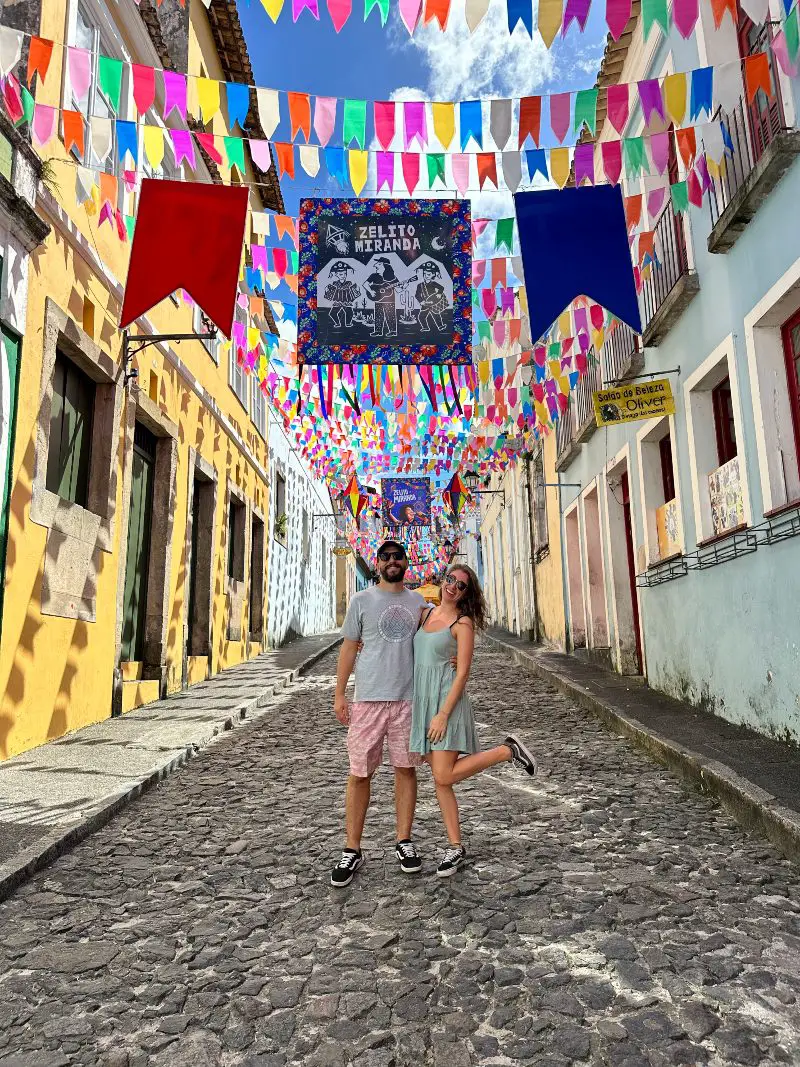
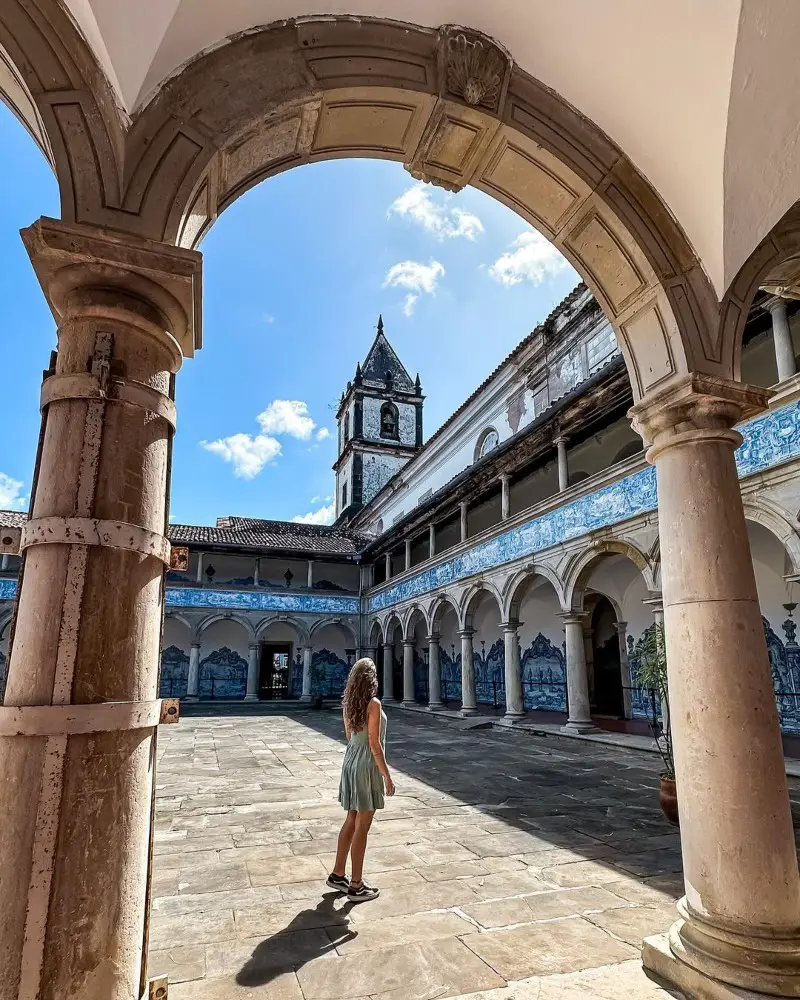
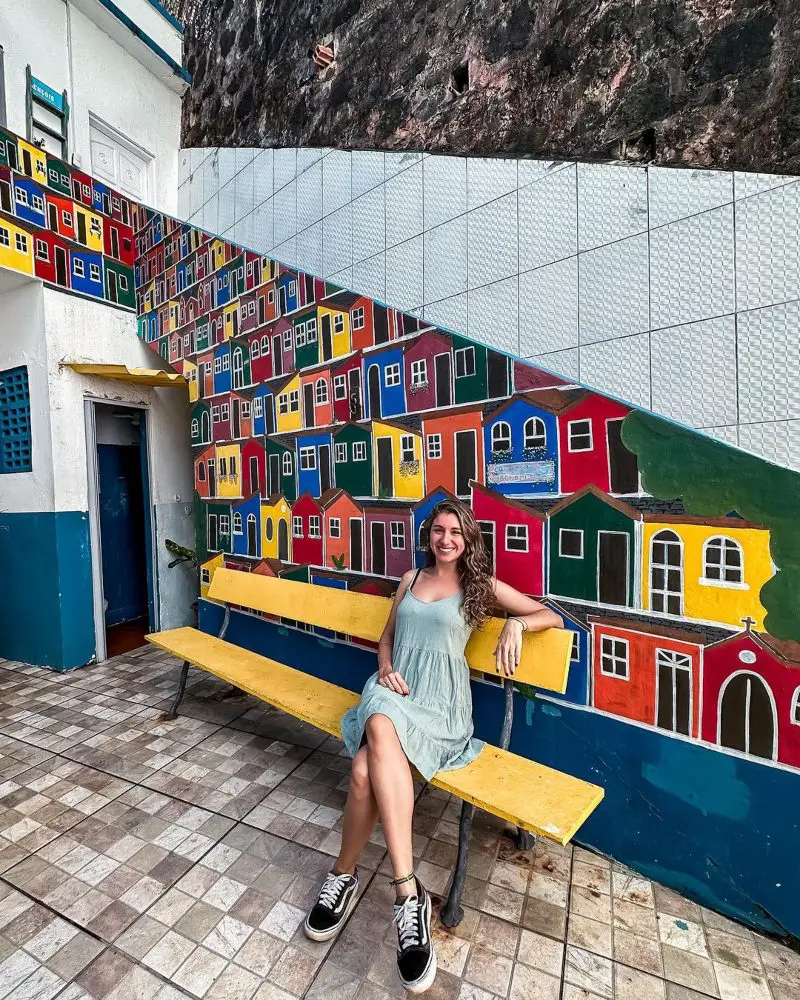
6 Best Things To Do in Salvador
1. Experience all that Pelourinho has to Offer
Visiting Pelourinho is like stepping back in time to experience the rich history and vibrant culture of Salvador. This historic neighborhood, located in the heart of Salvador’s old town, is a captivating destination that offers a wide range of attractions and activities for travelers. For starters, Pelourinho is renowned for its well-preserved colonial architecture – characterized by colorful, centuries-old buildings with intricate facades and wrought-iron balconies. As you wander through its cobblestone streets, you will be transported to the colonial era with each building telling a unique story.
One of the most striking features of Pelourinho is its churches. Among them, Sao Francisco Church and Convent is a standout with its ornate Baroque interior adorned with intricate gold leaf detailing. Basilica do Senhor do Bonfim, known for its famous “fitas” or ribbons tied to the fence, is another must-visit site in the area. The tradition here is to tie on a ribbon with three knots and make three wishes while tying each knot. It’s said that when the ribbons fray and fall naturally, each wish comes true.
If you time your visit right, you might also be lucky enough to see a cultural event. The neighborhood is a hub for Afro-Brazilian culture and you can often witness music, dance performances and capoeira demonstrations in its squares. Don’t miss the opportunity to immerse yourself in the funky rhythms of samba and the mesmerizing beats of the local drum groups.
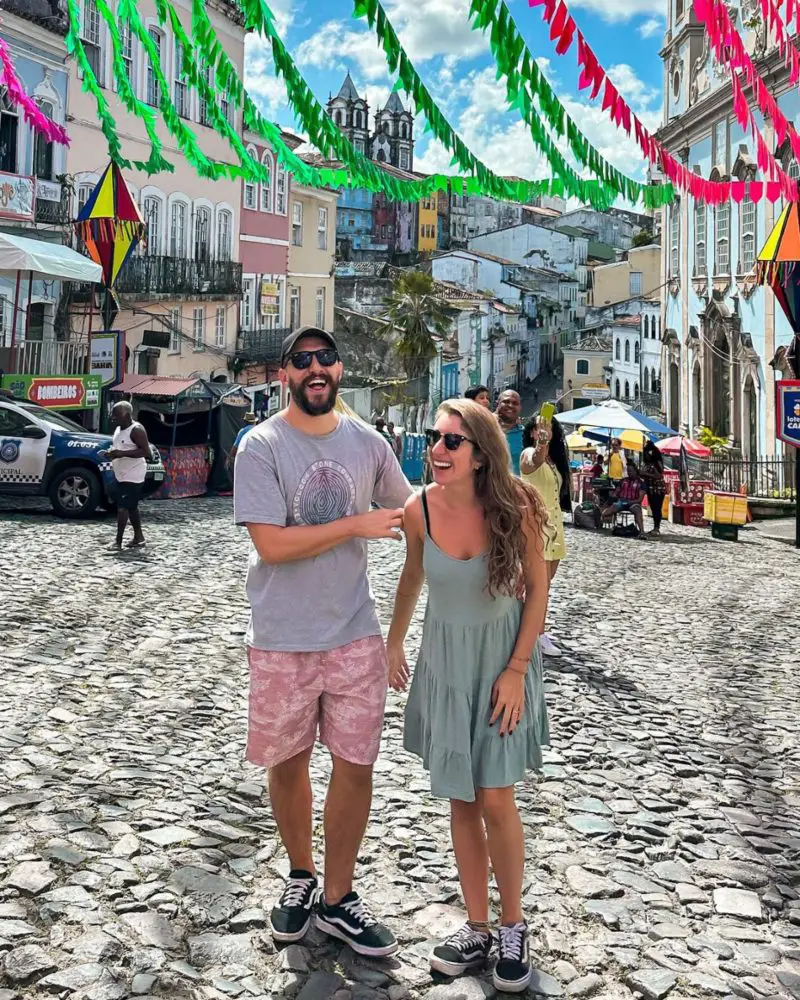
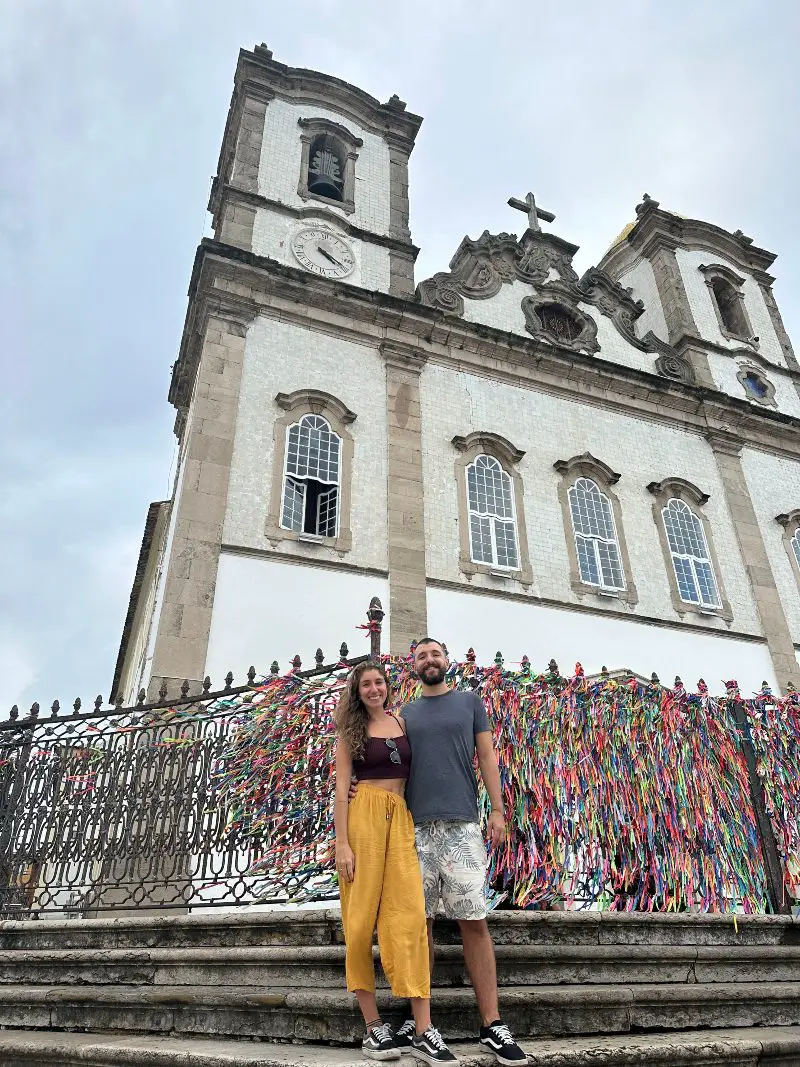
2. Take the Spectacular Elevador Lacerda
The Lacerda Elevator, a remarkable feat of engineering and a historical treasure, stands proudly in the heart of Salvador. Established in 1873, it holds the title of being the world’s first urban elevator. Its primary purpose has always been to facilitate the connection between the lower city (Cidade Baixa) and the upper city (Cidade Alta), two distinct regions.
This architectural gem is more than just a mode of transport – it’s a symbol of Salvador’s evolution. Comprising two neoclassical structures, the elevator not only enables efficient travel but also offers a breathtaking perspective of Salvador’s landscape and the waters of the Bay of All Saints.
As a mode of public transport, the Lacerda Elevator has played a major role in enhancing accessibility within the city. Instead of navigating the steep streets/staircases that divide the upper and lower sections, residents and tourists can effortlessly soar between the two – enjoying both convenience and a unique experience. Over the years, the elevator has become a tourist attraction in its own right with a vibrant ambiance surrounding it: streets lined with shops, cafes and cultural spots make the area a lively hub.
One unmissable experience here is eating ice cream while looking out at the Bay of All Saints. As soon as you go up the elevator, just outside the Tome de Souza square, you will find the A Cubana ice cream shop. It’s one of the most traditional in the city and sells ice cream in various fruit flavors.
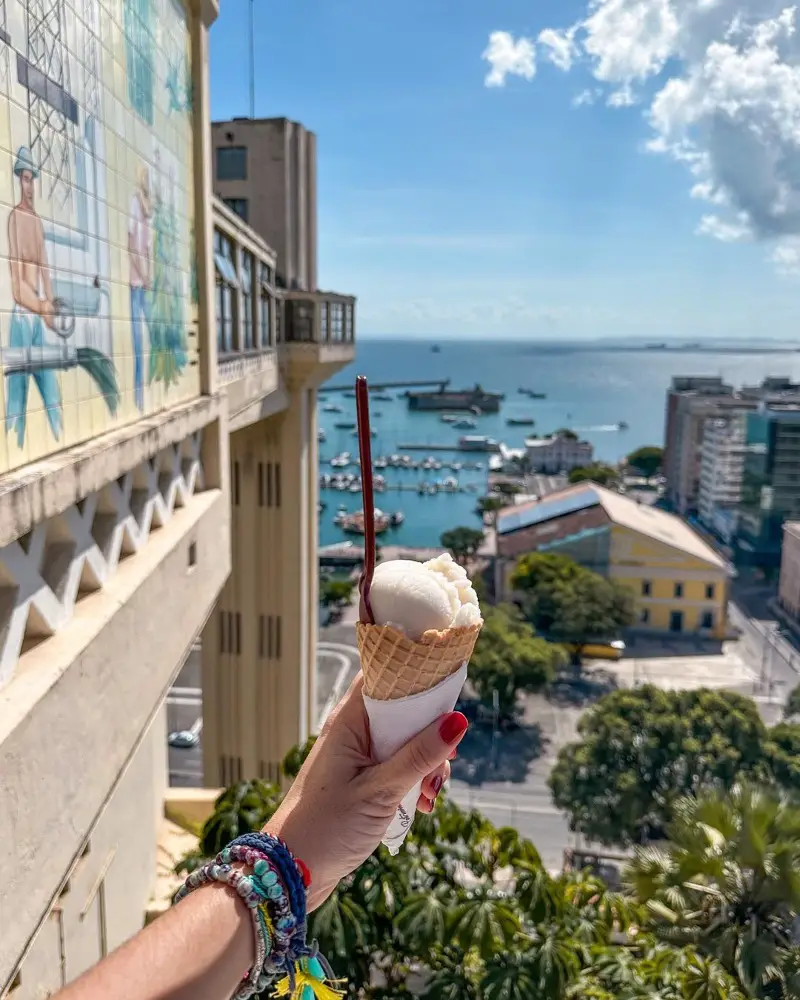
3. Walk from Morro do Cristo to Praia do Farol da Barra
Morro de Cristo – where a statue of Jesus is situated by a grassy oceanside knoll – makes for some great photos and the walk along the edge of Farol da Barra beach to the lighthouse is lovely (and free). Climbing to the top of the lighthouse, Farol da Barra, is a must-do: the Bahia Nautica Museum is located inside and from there you can climb to the top of the tower which is 20 meters high offering superb views of the beach. It’s also worth stopping in this area to swim in the natural pools that form at low tide.
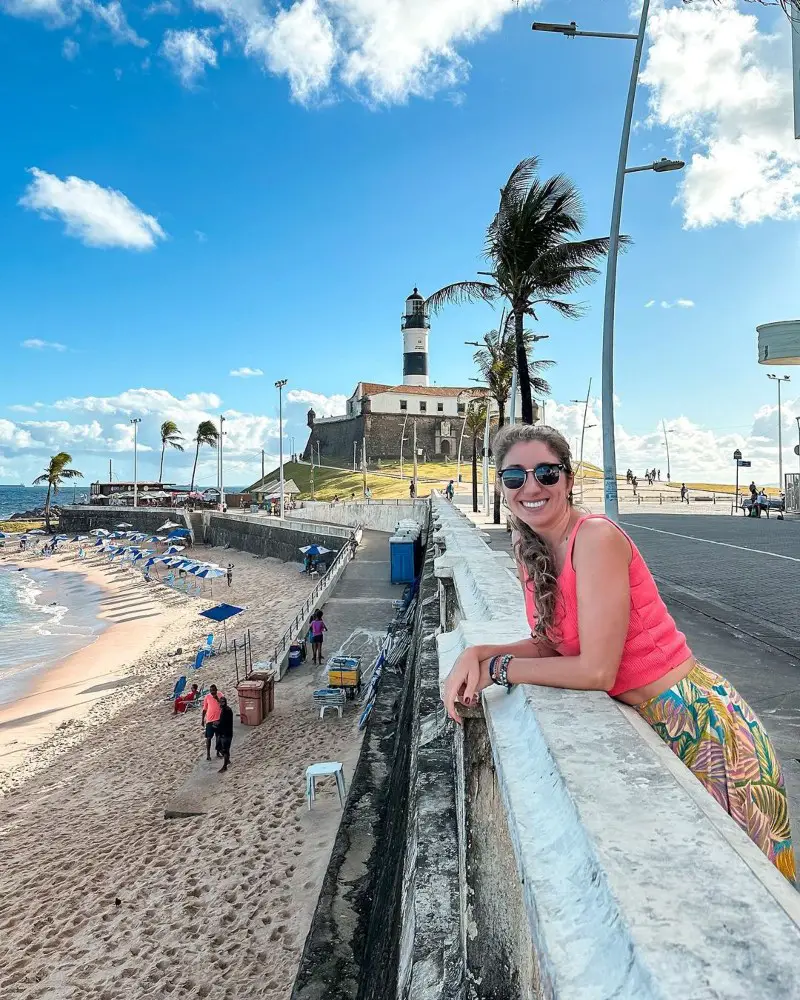
4. Try the Local Dishes & Drinks of Salvador
Visiting Salvador and not trying the local cuisine is like not visiting Bahia. For us, Bahian food is one of the best in all of Brazil. It’s so unique because it perfectly mixes elements of African, indigenous and European cuisines. When you go there be sure to try the acaraje, moqueca, shrimp bobo and local fruits such as cupuacu, caja, caju and soursop, among many others.
Eating moqueca is probably the one culinary experience that foodies will love most. Moqueca is a typical dish that combines local ingredients with African and indigenous influences. It’s made with fish or seafood, and uses coconut milk and palm oil in the preparation – so it has a unique flavor.
Another foodie highlight is acaraje. This fried dish is served on the streets and beaches of the region. It’s a type of dumpling made from black-eyed pea dough that is fried in palm oil and filled with vatapa (a cream based on bread, dried shrimps, nuts and seasonings), caruru (sauteed okra) and topped with shrimps. Washing both of these meals down with beer at a little bar – as you sit outside and listen to live music – is the cherry on top. This is a custom for all Brazilians and of course it’s no different in Bahia.
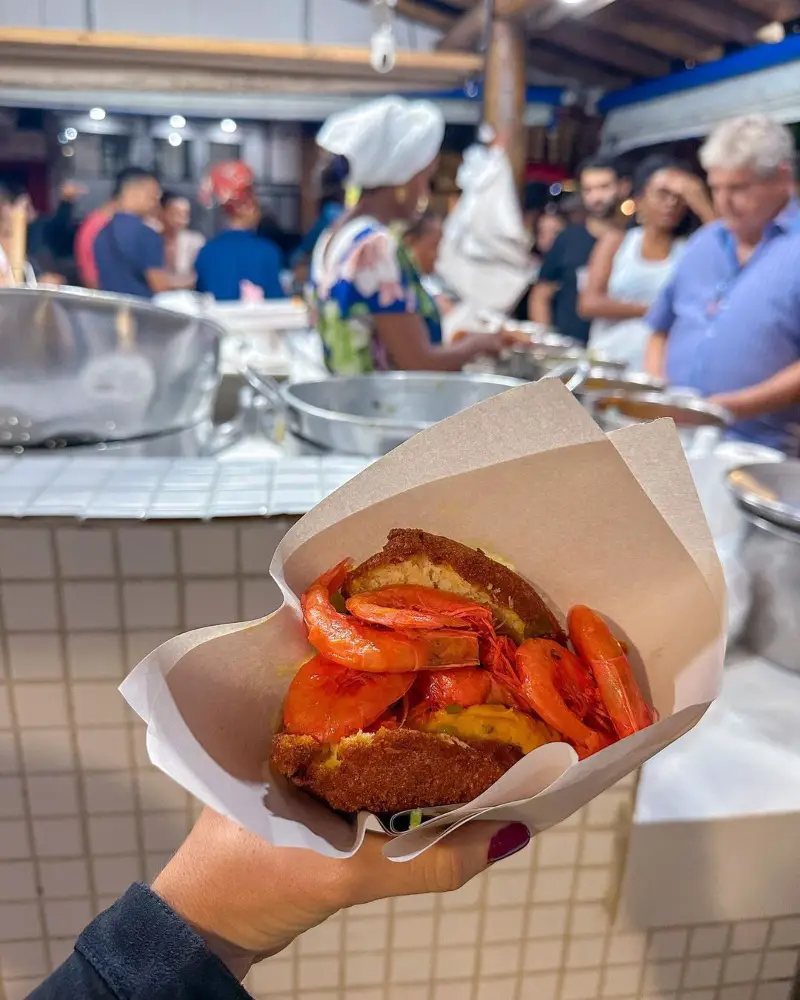
5. Watch the Sunset at Praia do Porto da Barra
Porto da Barra Beach is one of the most famous and iconic beaches in the city of Salvador. With calm and transparent water, it’s perfect for watching the sunset and has good infrastructure with kiosks, bars and restaurants serving typical Bahian dishes such as acaraje, moqueca and cold beer.
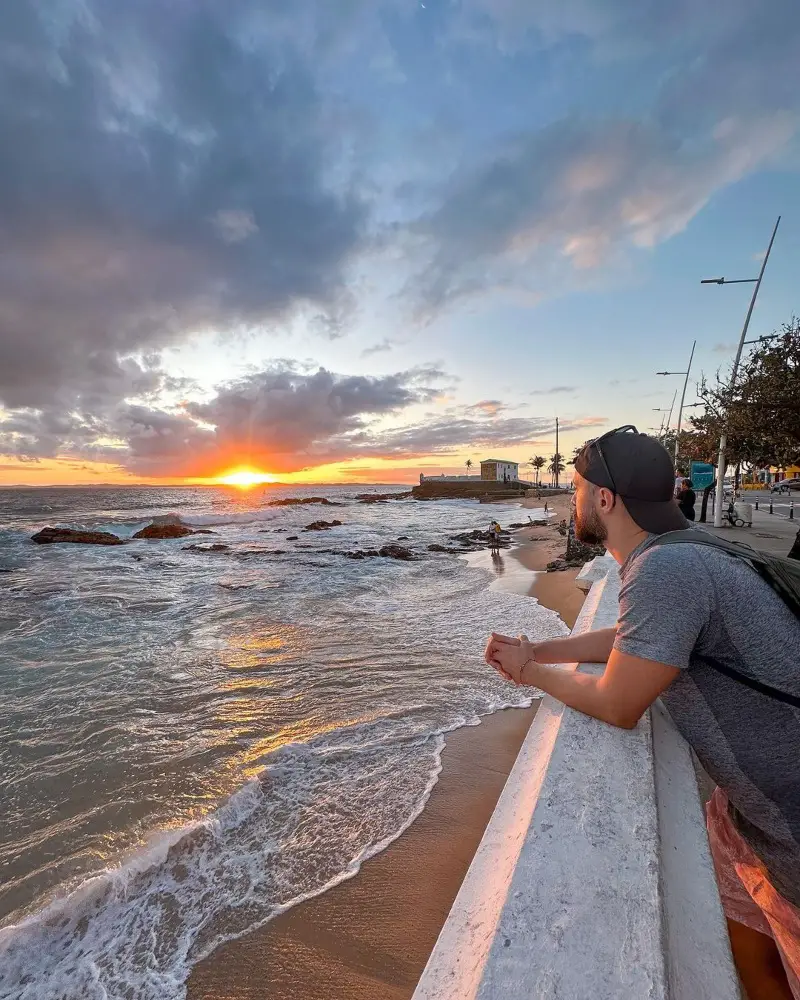
Tips for Visiting Salvador
You should know that the locals of Salvador are wonderful. We were well received. The people of Bahia are happy and party-loving – which ends up infecting everyone. The Brazilian people are known for these characteristics but in Bahia this seems stronger (even for us who are Brazilians). The state’s culture is striking and traditional, different from other parts of Brazil.
When it comes to choosing accommodation the best areas to stay in are Praia do Farol da Barra, Porto da Barra Beach and Rio Vermelho. In these three regions you will find many options for hotels, inns (Brazilian-style guesthouses) and airbnbs of all prices. Getting around there is also easy.
For those who like parties, Salvador entered the record books as the city with the biggest street carnival in the world. Carnival is a traditional Brazilian party that lasts for (at least) four days and is bursting with music, dancing, people in costumes and an atmosphere of incredible joy.
It takes place in the days before Ash Wednesday, marking the beginning of Lent in the Christian calendar (usually in February but as dates vary, it’s good to research before). This is the busiest time of year in Salvador and consequently also the most expensive, so book your hotel well in advance.
But be careful: if you decide to go to Salvador during Carnival, be prepared to face crowds and also some security problems such as theft or robbery during the party. The key tip is to go out with as little as possible (no cell phone, jewelry or wallet, taking only what you need). Thanks for reading our guide on Salvador. We hope you enjoy your visit to the Bahian capital.
